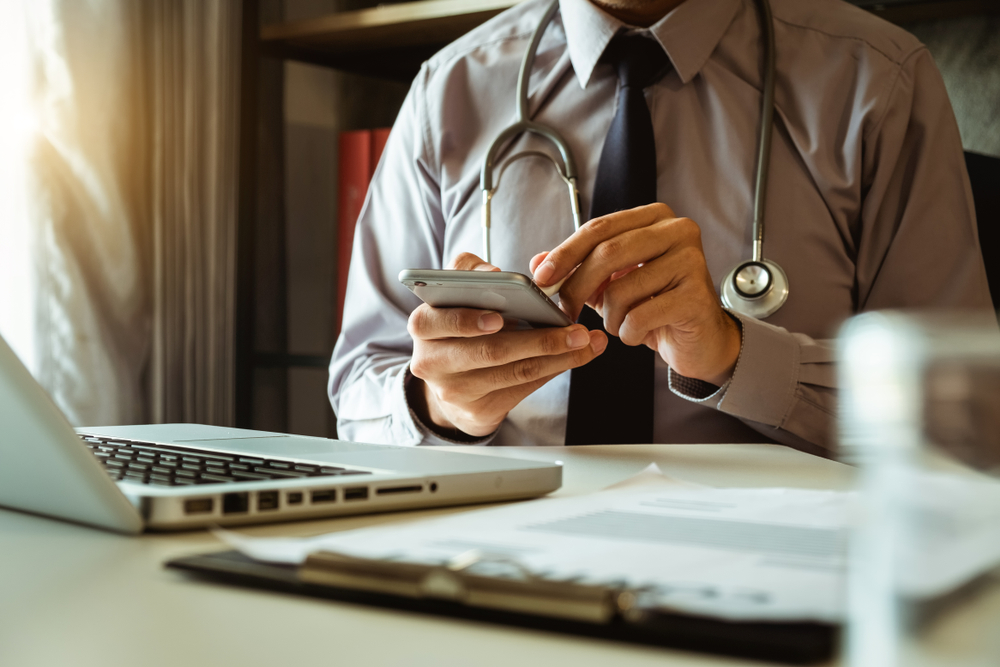
Looking for ways to diagnose and treat infectious diseases in regions with limits health care and laboratories can yield some interesting results, but researchers from the University of Illinois at Urbana-Champaign are working on the development of a lab-on-a-smartphone to help expand the currently limited opportunities.
The goal of such research, they say, is to create a simple device capable of detecting disease at the point of care. For this, care providers will need three items: a microfluidic cartridge, a clip-on instrument, and a smartphone with a rear-facing camera. The system operates through the cloud. With a drop of blood, researchers could then detect and report the presence of pathogens within 30 minutes. The National Institutes of Health have backed their efforts under a four-year grant.
“This device can substantially reduce the time, cost, and inconvenience of doing a standard lab test, while still incorporating all the controls that make the test valid,” Brian Cunningham, principal investigator, director of the Holonyak Micro & Nanotechnology Lab and a professor in Engineering at Illinois, said. “The information can then be shared immediately with an online health care provider who can make decisions about treatment.”
The microfluidic cartridges contain pre-dried primers that recognize and amplify. The clip-on interfaces with the cartridges like reading a credit card, and uses LED illumination to set off the dyes. The camera then records the reaction as it takes place, which is uploaded to the cloud-based system to interpret the results and forward them to an offsite medical professional. To work, however, the system would depend on a tracking algorithm accurate enough to make the video data viable and robust enough to provide results with even small amounts of blood.
“We will have to model the signal and noise, due to many non-ideal conditions in the field, to come up with an optimal processing algorithm,” Minh Do, co-investigator and professor of electrical and computer engineering at Illinois, said.
Eventually, the team hopes to take a working prototype of the device to Brazil for clinical testing in a real-world environment.




